Ramanan en naayagan magi vittaan;
Nama vendravan padha naadi vizhundhu naam
Naatiya maaduvom gnana pengaL.
Word meaning
Sat guru = Real guru; bodhagan = preacher; naayagan = leader, chief, head; padham = feet; vizhundhu = fall.
Ramana is my satguru, he is my preacher, he is my chief, Oh wise girls, let’s seek his holy feet and worship them and dance in bliss.
This is the last stanza in the Kummi Paattu where the song calls for all the girls participating the dance to come together and worship the holy feet of Ramana Sat Guru.
In this world, there have always been fake gurus alongside the genuine sat gurus. Even Adi Shankara’s Bhaja Govindam mentions (this stanza is attributed to Totakacharya):
jaTilo muNDii luJNchhitakeshaH
kaashhaayaambarabahukRitaveshhaH .
pashyannapi cana pashyati muuDhaH
udaranimittaM bahukRitaveshhaH
Meaning: There are many who go with matted locks, many who have clean shaven heads, many whose hairs have been plucked out; some are clothed in saffron, yet others in various colors --- all just for a livelihood. Seeing truth revealed before them, still the foolish ones see it not.
When someone asked Bhagavan : If the guru is incompetent, what is the fate of the disciple? Bhagavan says, “Each according to his merit”. Kanchi Mahan says for the disciple to completely surrender to the guru even if he is not fit, as the very act of surrender will lead the disciple on the right path to the correct teacher.
In this verse, SV completes the song by declaring that Ramana is the leader, he is the sat guru, he is the teacher. There is no more seeking for anything, all search has ceased, so let us rejoice and dance in total bliss and worship the holy feet of Bhagavan Ramana for drawing us to him.

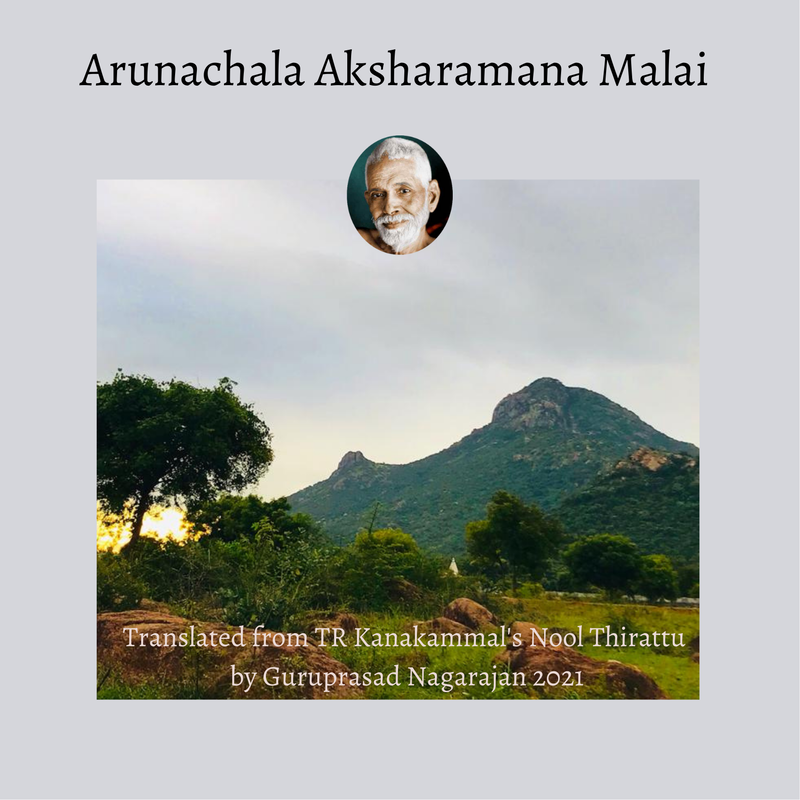
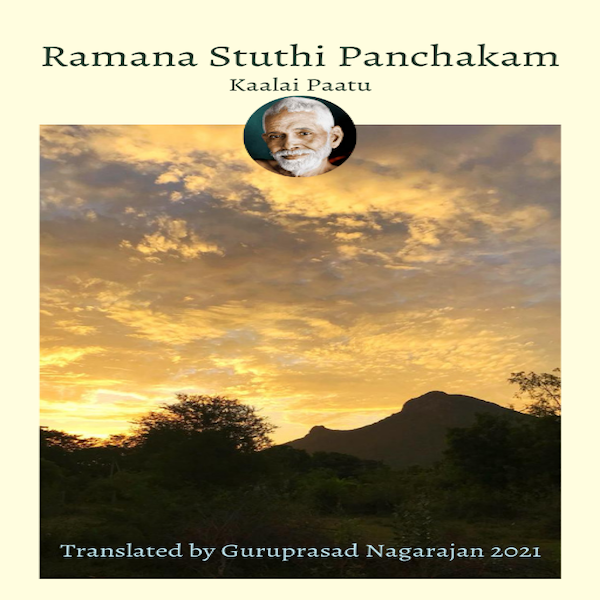
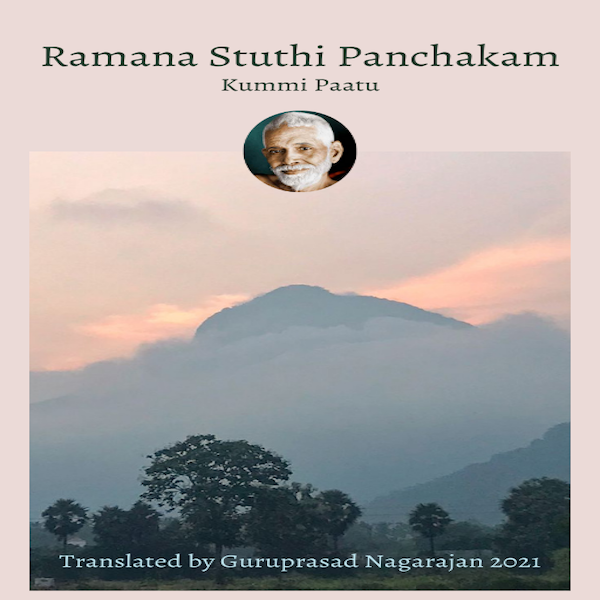
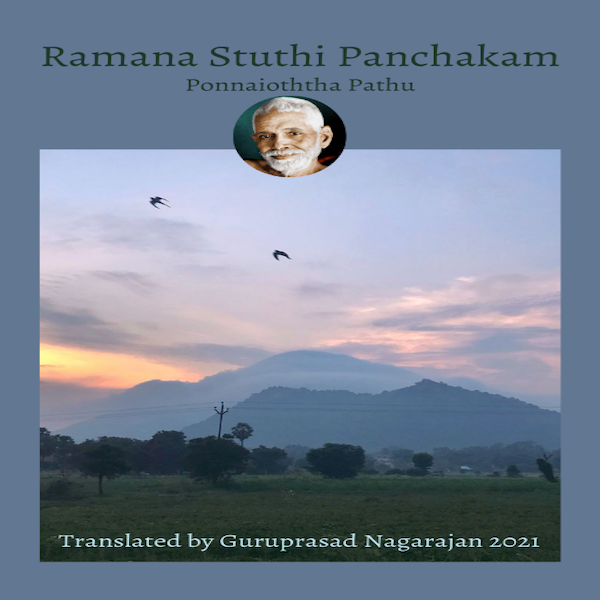
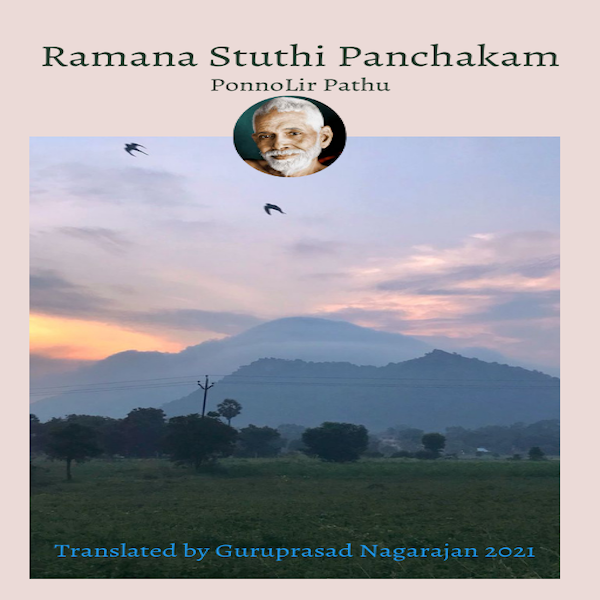
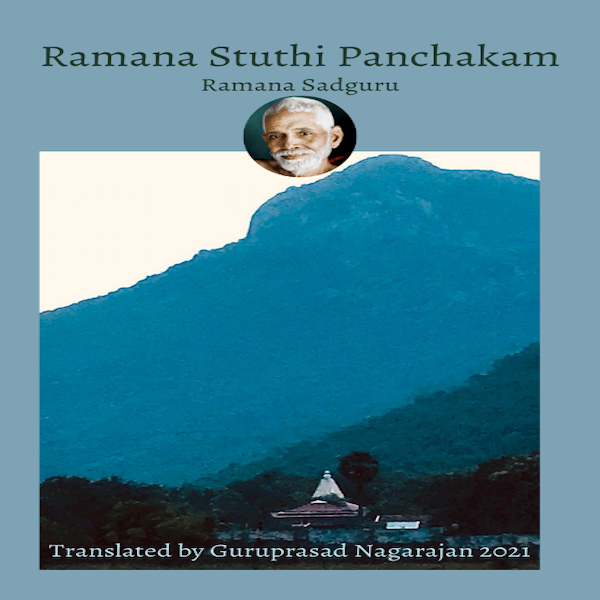
 RSS Feed
RSS Feed